

Dec 8, 2023
VISION & IDEADENSO OPEN INNOVATION PROJECT
for creating value beyond the boundaries of mobility
Against the background of diversified customer needs and heated-up competition among companies, open innovation has gained the spotlight. Open innovation for companies means creating new value by combining their own technologies and ideas with those owned by other companies. Since its foundation, DENSO has also addressed various open innovation initiatives.
As one of them, the Cloud Services Development Division, R&D center of DENSO launched the DENSO OPEN INNOVATION PROJECT in 2020, which aimed to provide values beyond the boundaries of mobility. Through the project, we are trying to apply our various technologies such as those of sensors, robots, actuators, or other components that we have accumulated as a manufacturer of automotive components to non-mobility fields.
Last year, two themes were selected for the first round of the project. One is “Regional Revitalization” using Lifevision, DENSO’s regional information delivery system. The other is “QR Code x Identity Authentication” using “the Facial Authentication SQRC”, one of the elemental technologies of DENSO that invented the QR code.
Reference:https://eiicon.net/about/denso-oi2022/(Japanese)
On July 18, 2023, DENSO OPEN INNOVATION PROJECT DEMO DAY was held, where we selected the four cases from those that had actually been in collaboration with other companies among many applications and we shared and learned their results.
In this article, we will introduce the event in detail.
* The contents of this article are as of July 2023.
Contents of this article
“Co-creation Cases using Lifevision” - Disaster prevention DX and contribution to the regional revitalization
On the DEMO DAY, we first introduced the co-creation cases using Lifevision. Lifevision is an information service application to connect municipalities and their residents. Residents will be ready to receive the information from their municipalities through the dedicated applications on their own devices or through the dedicated devices.
Reference:https://www.denso.com/global/en/driven-base/project/lifevision_1/
Koichi Sugiyama from the Automotive & Life Solutions Div. of DENSO says they use Lifevision for regional revitalization "because we want to support the life of a wider range of residents."

"10 years after its release, Lifevision has now almost become information infrastructure used by over 70 municipalities and over 200 thousand residents. By leveraging our experience and achievements, we want to enhance Lifevision to be an app that can support people's shopping, online medical consultation, and other activities".
Next, the persons in charge of the two corporate partners introduced the results of the co-creation cases.
Disaster prevention DX (Partner: Mitsui Sumitomo Insurance Company, Limited)
Firstly, we introduced a collaborative effort for disaster prevention with “the Disaster Prevention Dashboard” of Mitsui Sumitomo Insurance Company, Limited as the case of the co-creation with Lifevision.
Lifevision is distributed to individual residents to enable them to share information in case of disaster smoothly. It also enables the disaster response headquarters to send information to each disaster site and each household, or to gather information from them such as "a landslide has occurred" or "how many people have evacuated to shelters".
The Disaster Prevention Dashboard provided by Mitsui Sumitomo Insurance is a system to quickly collect, analyze, and visualize information during disasters in collaboration with municipalities. This system can visualize flood risks even 30 hours ahead when a typhoon approaches or visualize the seriousness and the number of the damage and the affected areas just 10 minutes after the occurrence of an earthquake.
Megumi Ando from Automotive & Life Solutions Div. of DENSO, and Koji Okazaki from Business Design Div. of Mitsui Sumitomo Insurance say, "Combining the strengths of both services will enable even more advanced collection, management, analysis, and transmission of disaster information".

"Some disaster response headquarters of municipalities still rely on analog operation for disaster control, such as putting and organizing information on a whiteboard. I thought they could achieve DX for disaster control by analyzing and visualizing information collected through Lifevision on the Disaster Prevention Dashboard", says Ando.
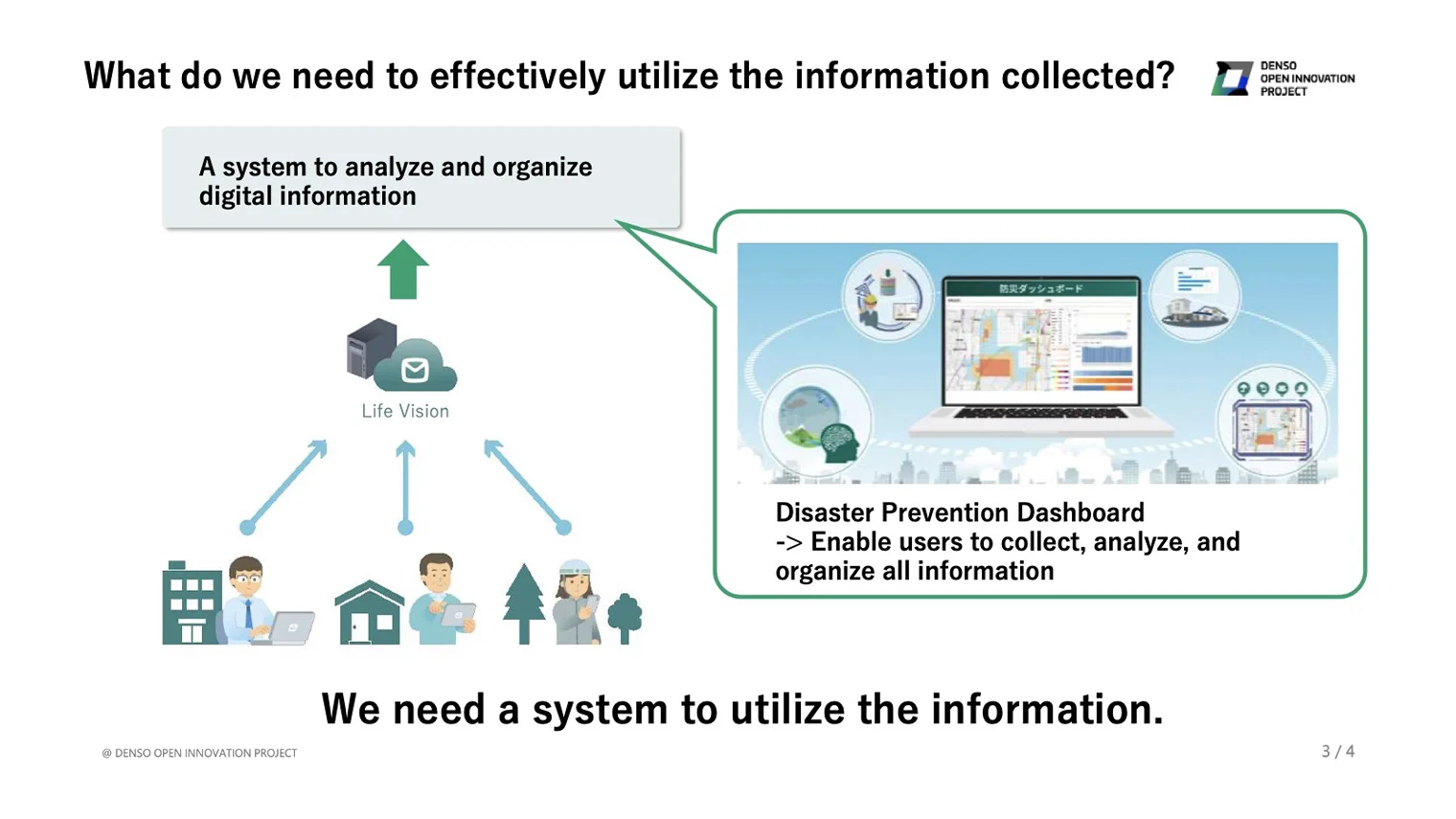
"Disaster prevention and mitigation cannot be achieved without cooperation with local companies, local fire brigades, and local residents. DENSO has already built connections with those people through Lifevision. I thought we could strengthen local disaster prevention through collaboration with it", says Okazaki of Mitsui Sumitomo Insurance.
We are jointly developing a service that enables users to show the information collected by Lifevision on the Disaster Prevention Dashboard. A demonstration test is scheduled to be launched in municipalities at the end of July 2023.
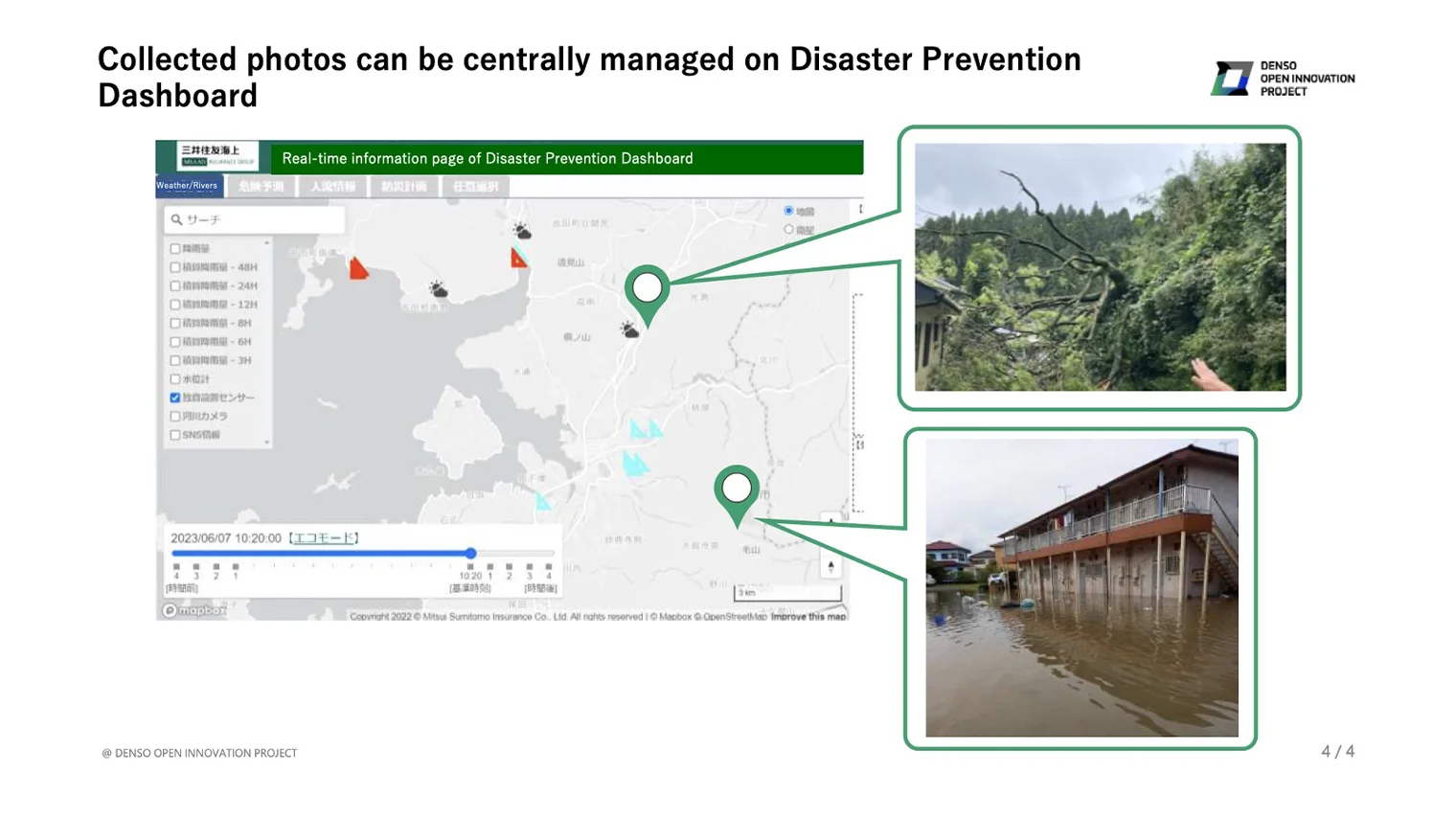
Regional revitalization by artists (Partner: Peacelive)
Secondly, we introduce a joint effort for “Regional Revitalization” with General Incorporated Association Peacelive , which is involved in community revitalization utilizing culture and art together with artists, as the case of the co-creation with Lifevision. Kazunari Hirota, Automotive & Life Solutions Div. of DENSO and Ken Otomo, Representative Director of Peacelive explain the background of the co-creation:

"We deliver official community information through Lifevision. It was not easy to get the residents, especially in young generation, interested in it. Then I wanted to deliver information in a more attractive and more memorable way", says Hirota of DENSO.
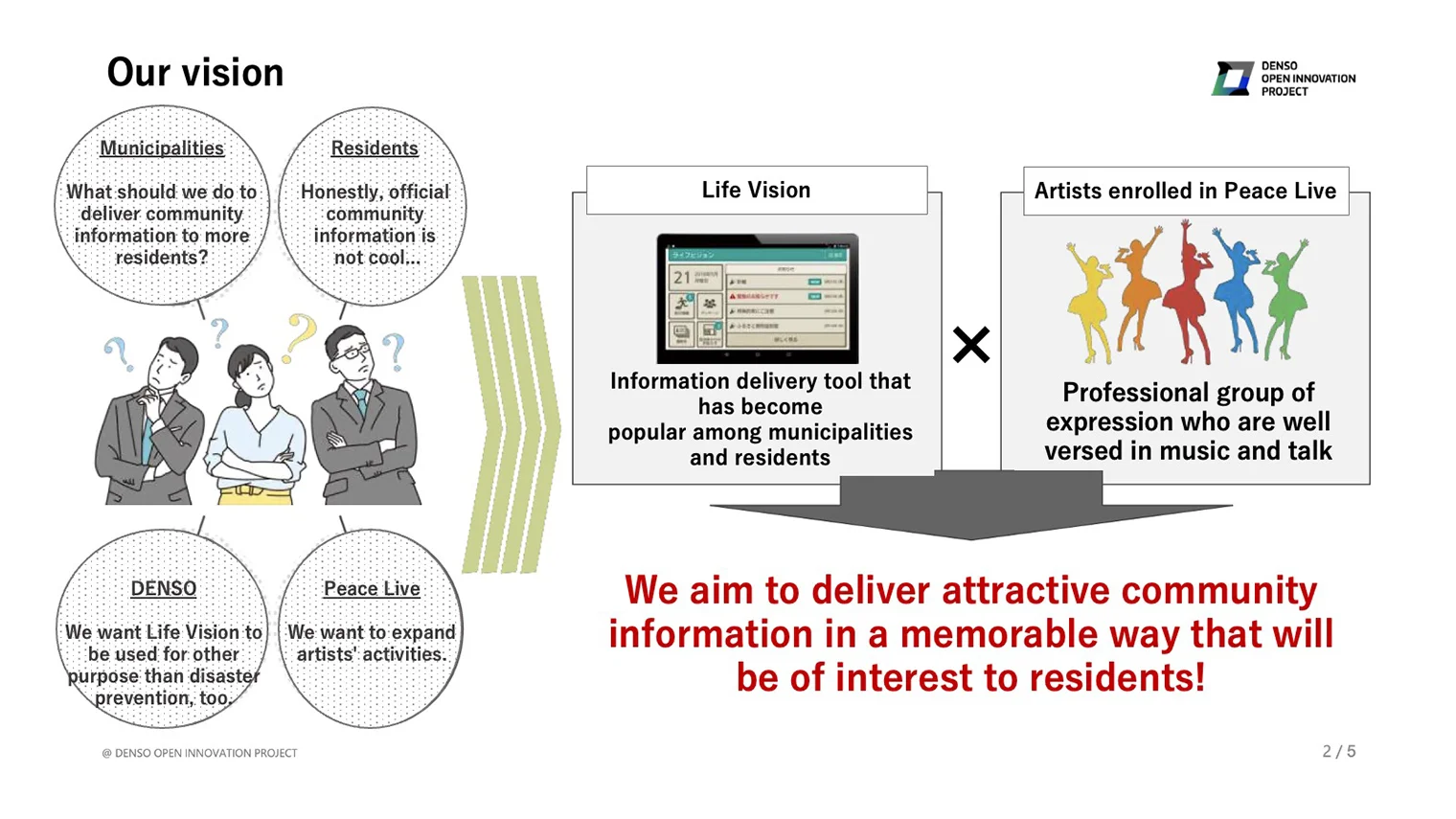
"We had several ideas about community revitalization, but we felt that it was difficult to commercialize them only by ourselves. We then applied for the project because we thought we could expand the ideas manyfold if we were involved in co-creation with DENSO", says Otomo of Peacelive.
In the joint project, we are creating “the movie for promotion of installing Lifevision”. DENSO is in charge of coordination with municipalities and writing of movie scenarios, while Peacelive is in charge of selection of artists and shooting & editing of movies. The project is scheduled to be demonstrated in two municipalities in Nagano Prefecture in September 2023. We plan to broadcast the movies on the municipalities' signages, cable TV, and other media accessible by local residents.
Hirota spoke of the future prospects as follows:
"I would like to have communities, Lifevision, and artists (Peacelive) work in collaboration with each other to revitalize communities, creating community-based information programs and local songs and holding live street concerts."
QR Code Co-creation Case - Achieving advanced face recognition security and next-generation traceability
Next, we introduced co-creation cases on “QR Code x Identify Authentication”. Yuri Tanifuji, Marketing Div. of DENSO WAVE INCORPORATED explained the features of the Face Authentication SQRC.
* DENSO WAVE INCORPORATED: One of the DENSO Group companies. Provides products and systems that use AUTO-ID technology to read information from QR codes, barcodes, and IC chips in IC cards.

"The Face Authentication SQRC is a QR code containing facial feature data. This is our proprietary technology with the strongest resistance to spoofing in various scenes"., said Tanifuji of DENSO WAVE.

Users of the Face Authentication SQRC can store their facial feature data in the QR code that they will hold themselves. For authentication, the facial feature data is read out from the QR code and checked against the actual users' face offline.
Because it no longer requires a network connection or does not require companies to keep personal information, the technology is expected to be used in an even wider range of fields. Persons in charge from two companies involved in the co-creation introduced their cases of “QR Code x Identity Authentication”:
Advanced face recognition security (Partner: AnchorZ Inc.)
Firstly, we introduced a case on "security" with AnchorZ Inc. which has the world's first background authentication technology*.
* Background authentication: A technology to continuously authenticate that the users operate the device themselves from the start to the end of a service.
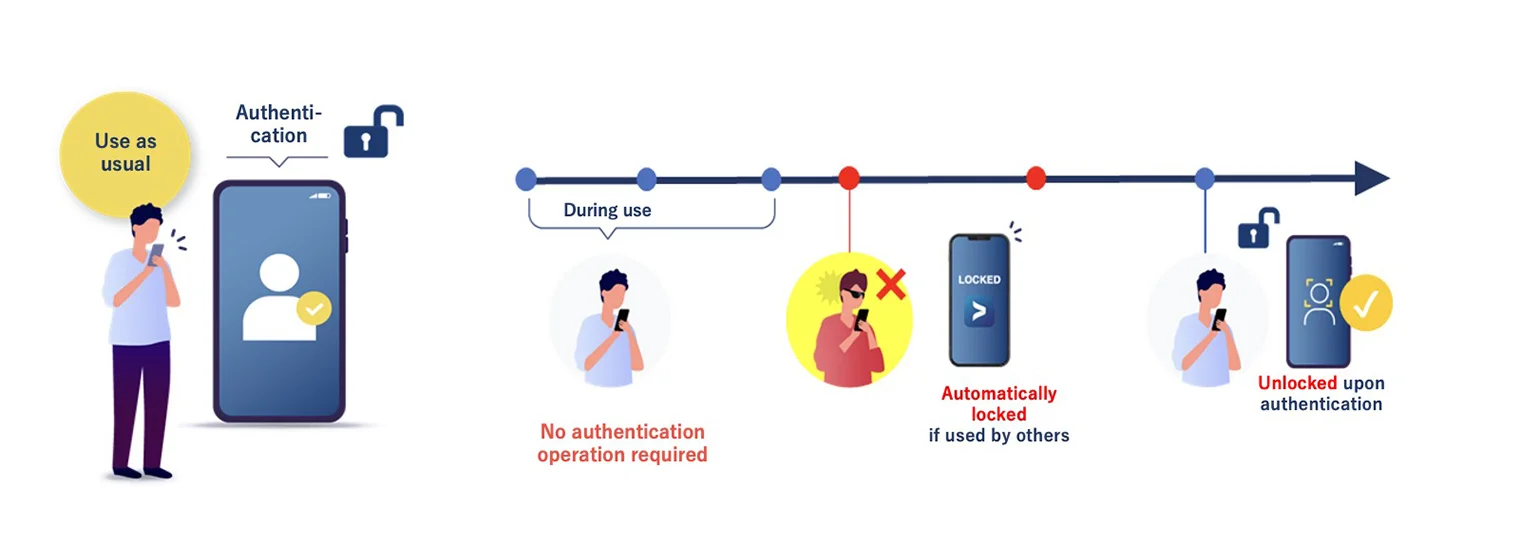
Source:https://www.anchorz.co.jp/en/
"Based on biometric information such as face & voice, behavior information such as the distance from or slant of the smartphone, and external information from Wi-Fi or GPS, AI selects and uses elements for proper authentication as required to verify that the user is genuine. This means that it is a perfect authentication system in which authentication timing or elements cannot be identified from the outside", according to Yoshikazu Ota of Sales Div., AnchorZ Inc.
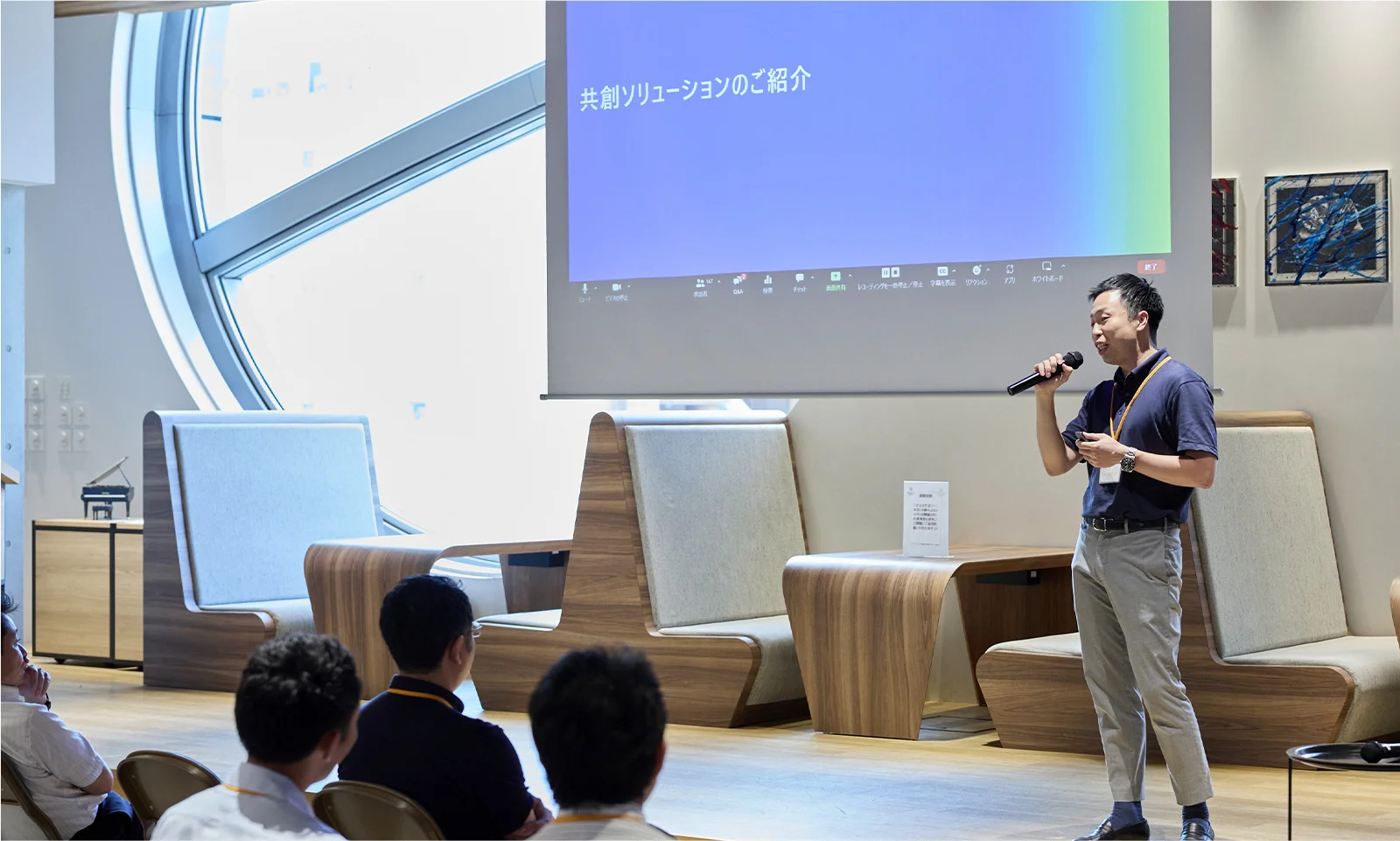
Collaboration between the technology and the Face Authentication SQRC will "build a highest standard security system that cannot be interfered with by any third party even during the initial registration and from the start to the end of a service", according to Ota. He then showed a demonstration movie.
* The movie that was played in the event to be inserted here
"The number of cases of personal information leakage and the amount of unauthorized use of credit cards have reached a history record. This service that provides both digital convenience and high-level security will definitely be a new solution", said Ota of AnchorZ.
Next-generation traceability (Partner: LOZI Inc.)
Next, we introduced another case of co-creation using the rMQR Code developed by DENSO WAVE, and the traceability solution “SmartBarcode” of LOZI. Firstly, Satoshi Maezaki of Marketing Div., DENSO WAVE explained the features of the rMQR Code:

"The rMQR Code is a rectangle QR code. This code was developed in order to meet the needs for printing on tubular objects or in tiny spaces in electronic circuit boards on which it had been difficult to print conventional QR codes. The rMQR Code can have the same amount of data as JAN code (barcode) in the space one-twelfth of that of JAN code.", said Maezaki of DENSO WAVE.
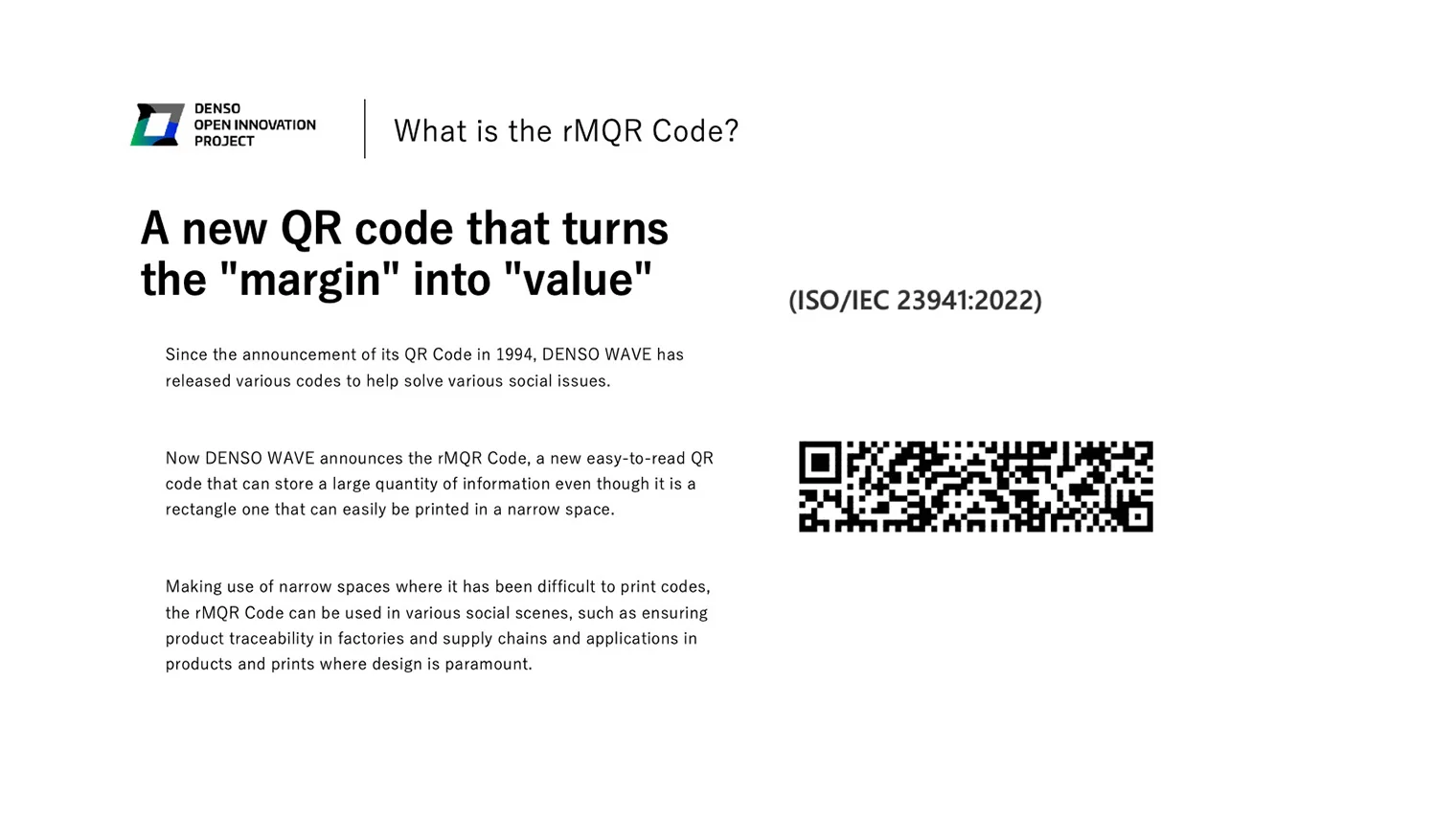
On the other hand, the SmartBarcode is a mobile app that allows smartphones to read barcodes or QR codes to trace products or parts. Martin Roberts, CEO of LOZI Inc. explained its features:

"The SmartBarcode can record and visualize necessary information in supply chain processes including procurement, manufacturing, distribution, and sales. It ensures traceability even if multiple different vendors are involved in the supply chain. Since necessary information can be read with smartphones, the SmartBarcode is easier to introduce than standard barcode reader systems", said Martin of LOZI.
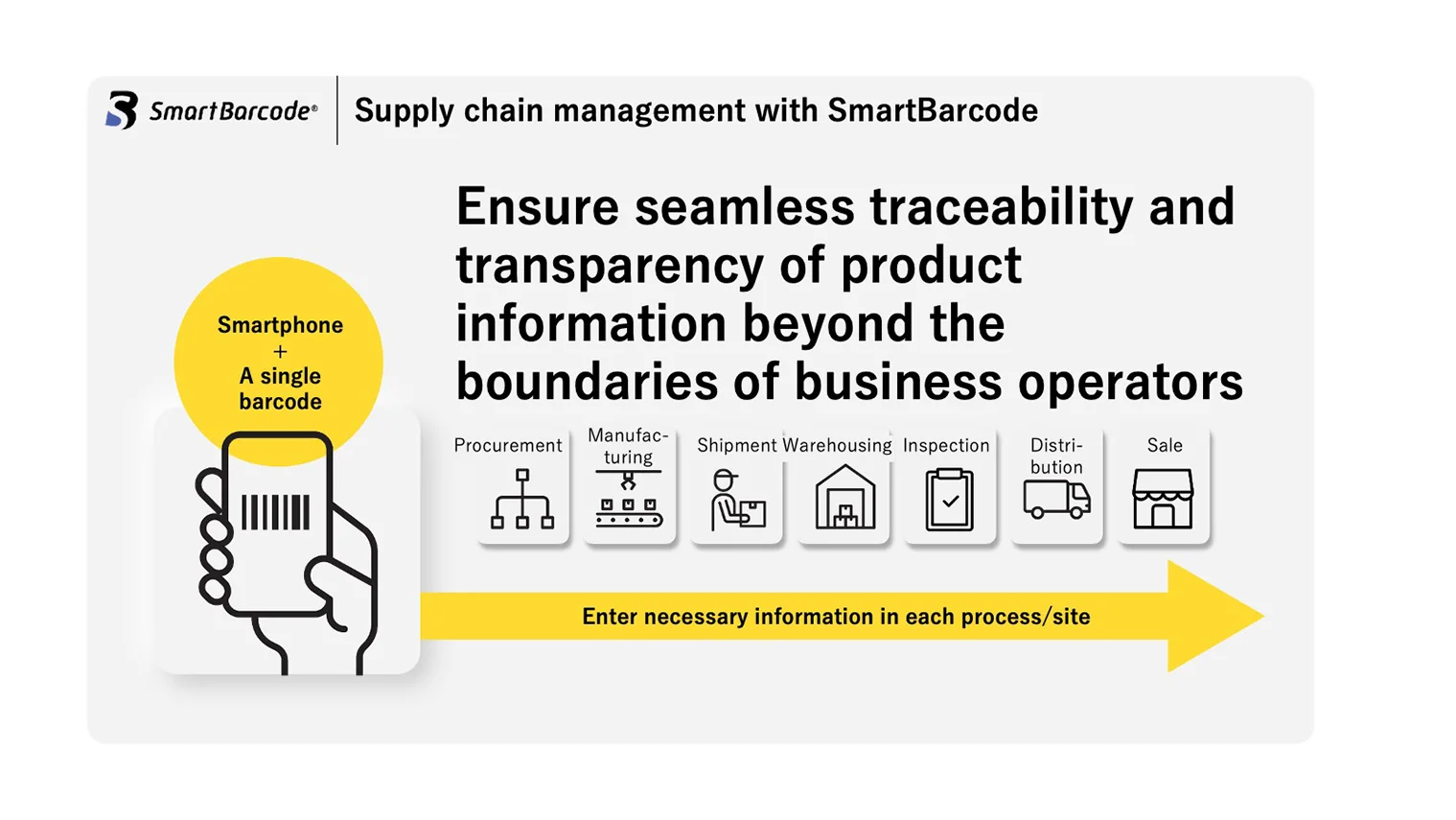
By leveraging the features of the rMQR and SmartBarcode, we have launched a demonstration test in a new field. That is the GOLF CLUB DX project. rMQR Codes that record the specifications, electronic warranties, appraised values, and other product information will be printed on the shafts of golf clubs, and that will enable users to trace the secondary distribution and obtain proof of authenticity. The project is planned to be also applied to stock control and procurement management by business operators.
Traceability has become more important throughout the world. While explaining this background, Martin described the potential of the project:
"It has been mandatory in Japan to attach traceable barcodes to medicine since December 2022. In Europe, a Digital Product Passport (DPP) will be a must as a key to achieving a circular economy.
A barcode will be probably required to contain a higher quantity of information to ensure the precise identification of individuals. High-capacity small barcodes like the rMQR Code will have higher value", said Martin of LOZI.
This co-creation project with LOZI took a major turn along the way. It was initially assumed to use the Face Authentication SQRC to "strengthen document control by municipalities", but it came to a standstill. Then, DENSO WAVE introduced the rMQR as another technology to LOZI, which led to a totally different idea. This is a good example of continuing communication with corporate partners to create another result even after the project came to a standstill.
Need to build an environment where people concerned share their thoughts well and work with peace of mind
After the introduction of the four cases, Daisuke Tomita of Automotive & Life Solutions Div., DENSO, who served as a leader in promoting the co-creation project using Lifevision, gave a speech to share the lessons learned through the open innovation activities.
First of all, Tomita spoke of what he kept in mind to work on the project:
"When you talk about innovation, you are usually required to achieve commercialization to increase sales. But I think it is not necessarily a failure even if you cannot achieve it. It may take time for companies to produce a visible result because of their own constraints. Then, we have defined the success of open innovation as ‘I’m glad I did it!’", said Tomita of DENSO.

He also said, "It is important to build good relationships with partners in order to achieve “I’m glad I did it.” He then introduced two key points he was conscious about:
"The first one is to 'share the start and goal'. Before starting a project, we put on the table the resources, constraints, and expectations of both parties. And we do not fix goals firmly, changing them depending on the situation. Even if we do not reach the preset goals due to some barrier, we try to find other goals to the end changing the directions.
The second key point is to ‘find the achievements for both parties in the activities.’ Instead of aiming to achieve a goal leaning toward the profitability of either party only, we try to find the achievements for both. In addition to commercialization, finding new customer needs and obtaining new know-how should be considered as results and shared between both.
And I cherish the respect to the partner companies as a major premise for the two key points.", said Tomita of DENSO.

He continued, "It is also important to look not only at the corporate partner but also at DENSO members working on the project.
An important thing is to “build an environment to facilitate activity among members”. Firstly, from the mental aspect, we have redefined the achievements according to ‘five innovation patterns*’ to help them find the significance of their activities. We also have tried to build a psychologically safe environment where even failures and direction changes are accepted", said Tomita of DENSO.
![Redefine the achievements of OI activities ([1] Mental aspect) If you define the achievements of the activities as commercialization, almost all members are evaluated that they do not achieve the goals. → Redefining the results will help members find the significance of their activities even for projects that are hard to commercialize. Redefine the achievements according to five innovation patterns.](/jp/ja/driven-base/assets/img/project/open-innovation-day/img17-en.webp)
"From the administrative aspect, we have clarified the project development flow to manage projects with different attributes including the start condition, the scale of the project, and the degree of difficulty. We have also prepared an output format for each phase of the flow to help them organize and share information", said Tomita of DENSO.
![Define achievements in each phase ([2] Administrative aspect) What should we do now? → We should define achievements in each phase.Achievements of team members should be shared and reviewed by the whole team not to isolate any members.](/jp/ja/driven-base/assets/img/project/open-innovation-day/img18-en.webp)
Building good relationships with corporate partners and involving team members well in projects can be rephrased as "sharing ideas of people concerned and building an environment where they work with peace of mind". Tomita summarized the lessons as "Team members will produce their achievements by enjoying the projects".
Toward an open innovation project in which "individuals" with their own ideas can work together on an equal footing
This first DENSO OPEN INNOVATION PROJECT (the 1st to 3rd terms) was planned and operated by members of the Cloud Services R&D Div., Research & Development Center, DENSO. Takeshi Narisako, Director of the Cloud Services R&D Div. and Senior Director of the Research & Development Center, looked back on the project and spoke of the future prospects:
"We will take up the solutions to social issues with the technologies and expertise of the DENSO group as themes of open innovation. I hope we will be able to apply our expertise accumulated in the automobile industry to other fields and promote activities related to the unique manufacturing (Monozukuri) specific to the Chubu (Central Japan) area.
At the time of starting co-creation, we cannot necessarily look ahead to the goal and are not sure if we can succeed. Therefore, it is important to build not a hierarchical but an “equal relationship” with co-creation partners and proceed with projects thinking together with them. We would like to make an effort to proceed with a project where the “individuals” with their own thoughts can share their own thoughts, technologies, expertise, and personal contacts as “individuals”, not as employees of their companies.", said Narisako of DENSO.

From the top left: Toshiki Onda, Mitsukuni Ikeda, Kazuya Furukawa, Takeshi Kuroda
From the bottom left: Takeshi Narisako, Takuya Kondo, Masatake Sato
REACTION
Changing your "Can'ts" into "Cans"
Where Knowledge and People Gather.

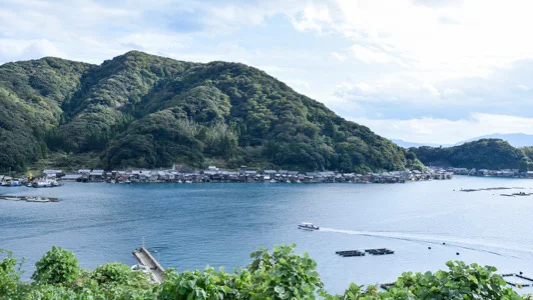


Leave a comment